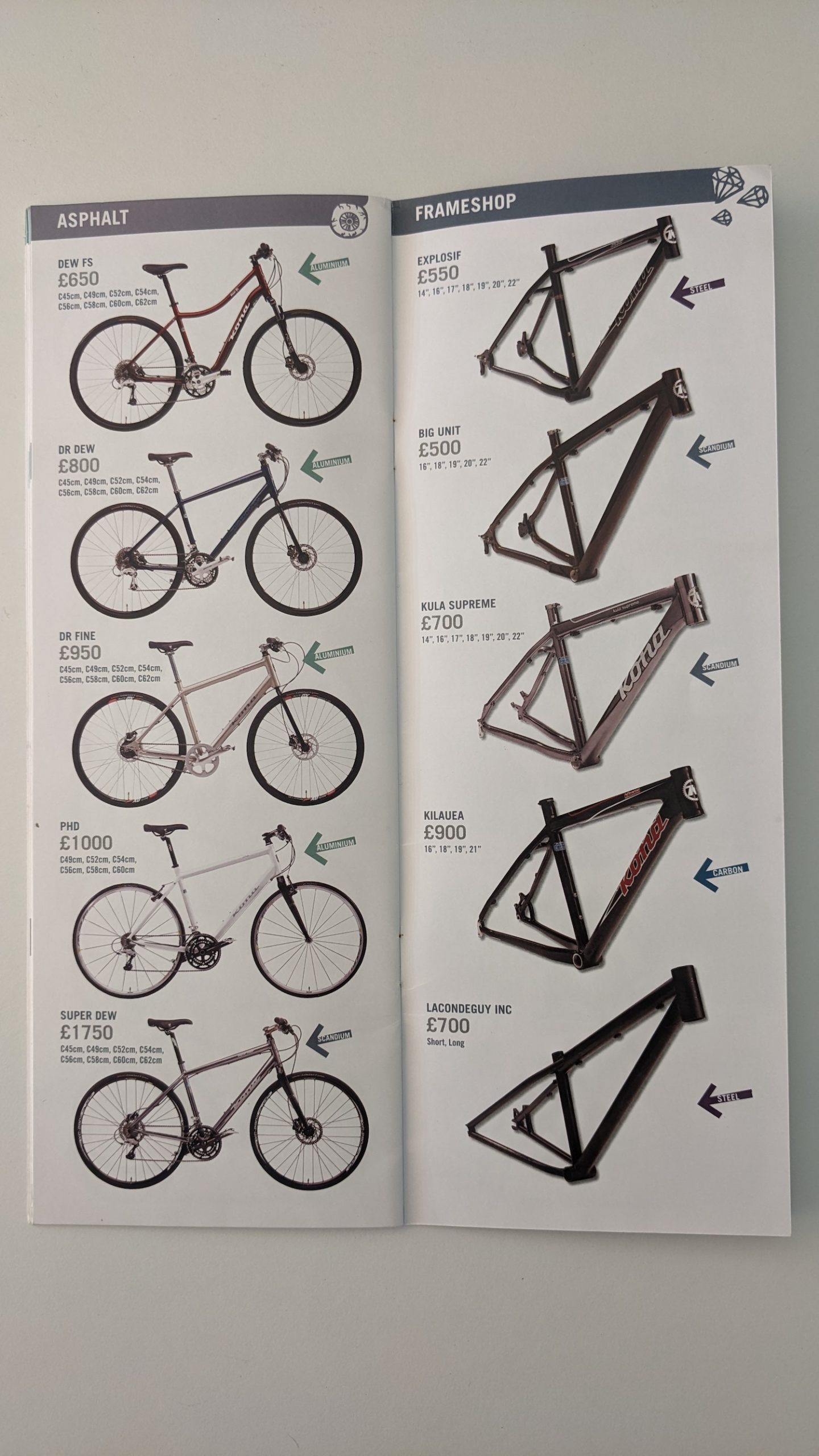
This week we’re celebrating Pip’s Kona legacy. Today we’re focusing on Pip’s Kilauea. The Kilauea first appeared mid-season in 1992 and quickly established itself as an affordable, race-ready steel framed favourite. It even won bike of the year in 1993. Fast forward to 2010, steel framed Kona’s had been replaced by Scandium, and the Kilauea hadn’t appeared as a model since 1998. So, it was some surprise that the name returned, and even more so on a carbon frame.
Carbon had been used in bike frame design and build since the early 90’s, usually as one-piece, professional high-end racing bikes (think Chris Boardman’s 1992 gold medal-winning Lotus) or as part of a frames design such as the top, down, and seat-tubes (think Yeti C-26). However, manufacturing techniques and efficiencies had improved to the point that mass production carbon mountain bike frames were possible.
This was Kona’s first full carbon frame, with just 50 produced for public sale, with a further unknown number designed by and specifically for the Torq racing team. The former sported distinctive red and white decals and the latter orange and white. What made this frame stand out from its peers was its weight: as a frame 1088 gm (2.4lbs) and a full bike around 9100 gm (20 lbs). Coupled with the strength and absorption of carbon, it was a perfect machine for the XC discipline. A replacement for costly titanium XC frames has been found, and it paved the way for today’s models like the Hei Hei CR DL.
Of all Pip’s bikes, this was the most aggressive race-ready-looking machine. It was featherlight: you could lift it using your little finger.
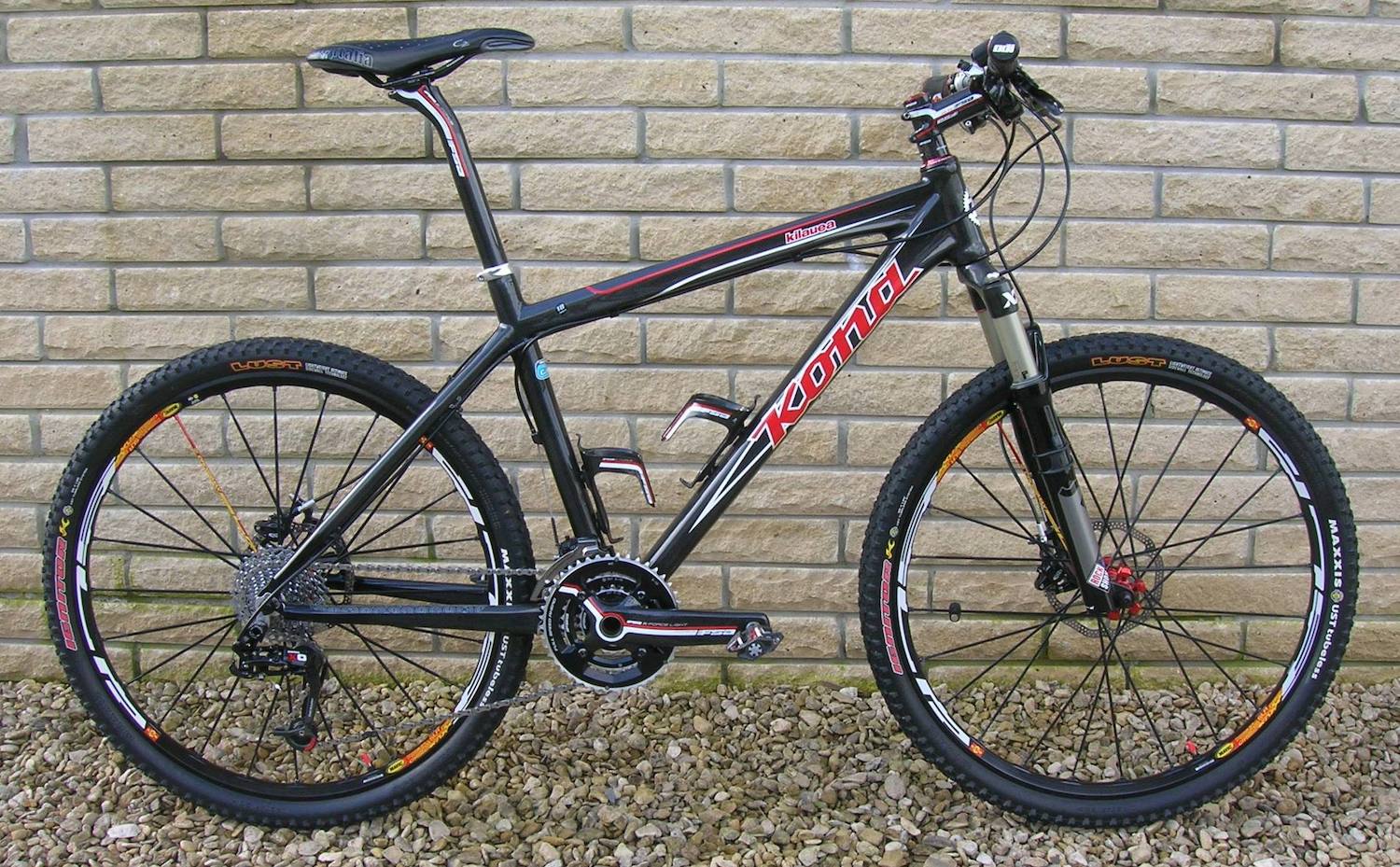
The frame is alluring with lots of subtle looking details, where square tubing meeting round meets ovalised, all to provide torsional strength and flex in the right places. The headtube angle of 69.4/5 was fairly relaxed by 2010 standards, and could cope with 100mm front-end suspension, resulting in a more confident, plant and go ride.
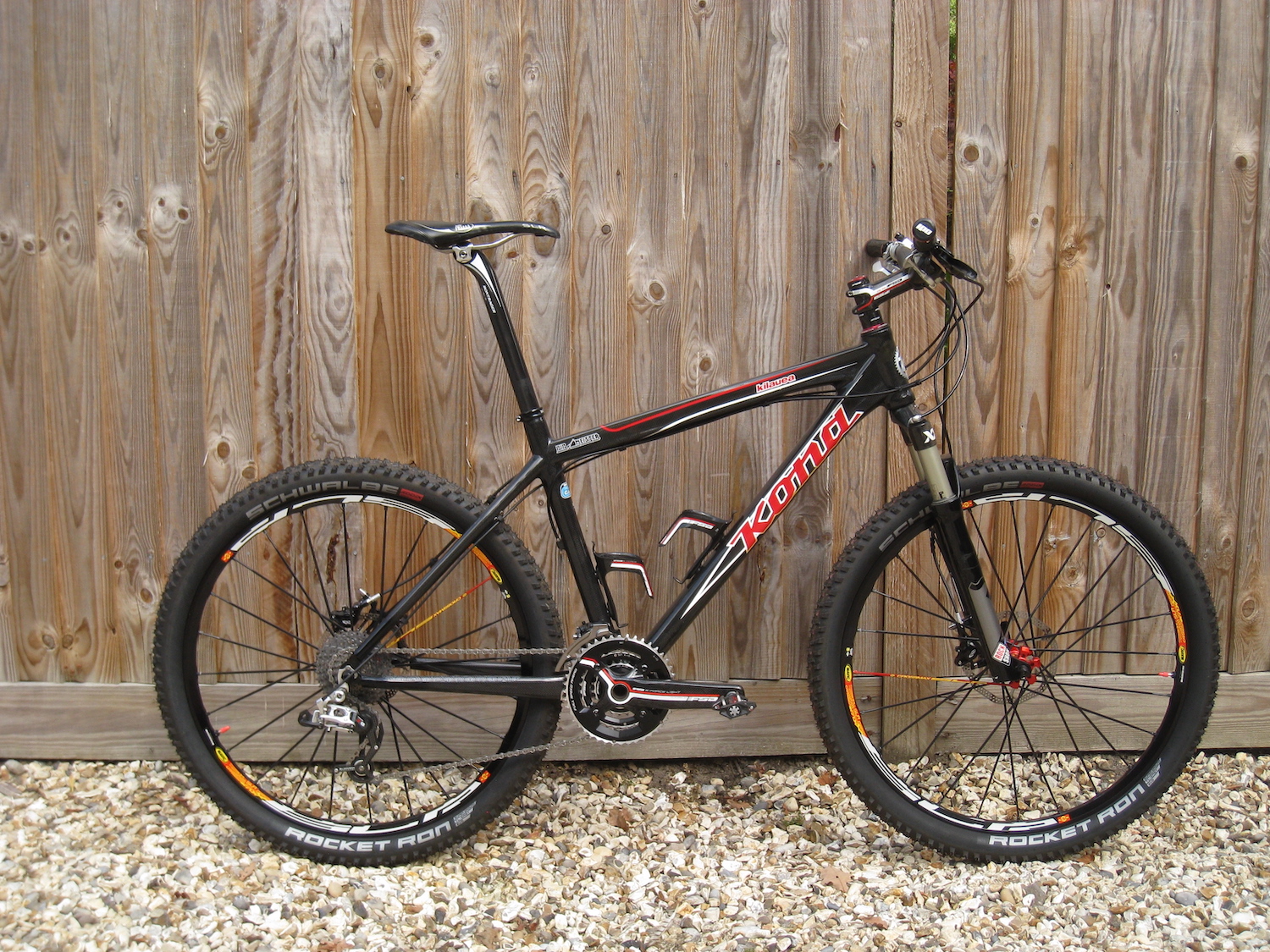

The bike was a success, and the following year, the design was refined by Kona, adding an integrated headset and new bottom bracket, and rebadged at a Kula on another limited production run.
All of Pip’s bikes are with new owners now, thanks to Martin who on Pips’ behalf curated the sales. Martin retains this model, refining the build and kindly provided the bulk of this article’s pictures.
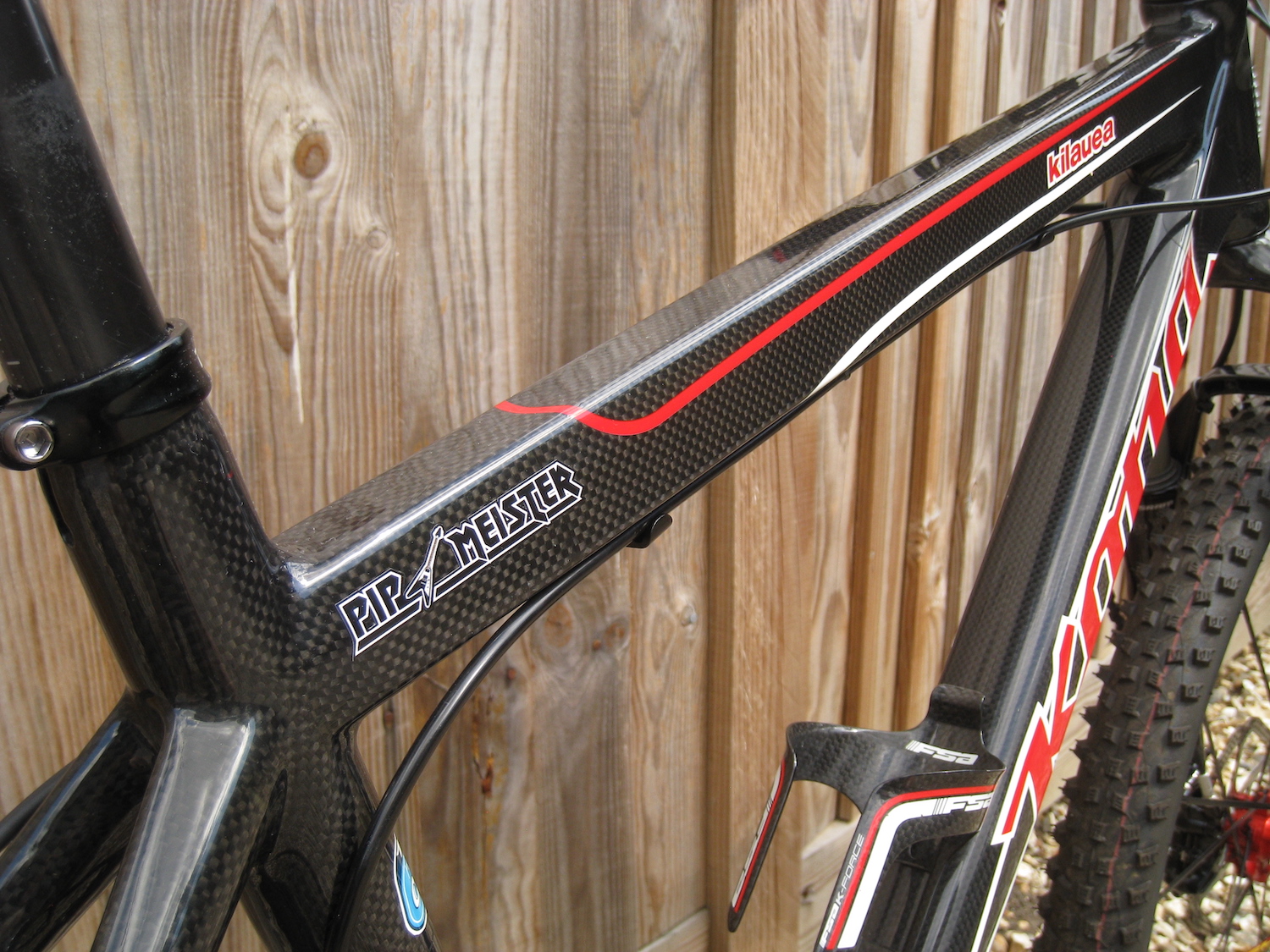
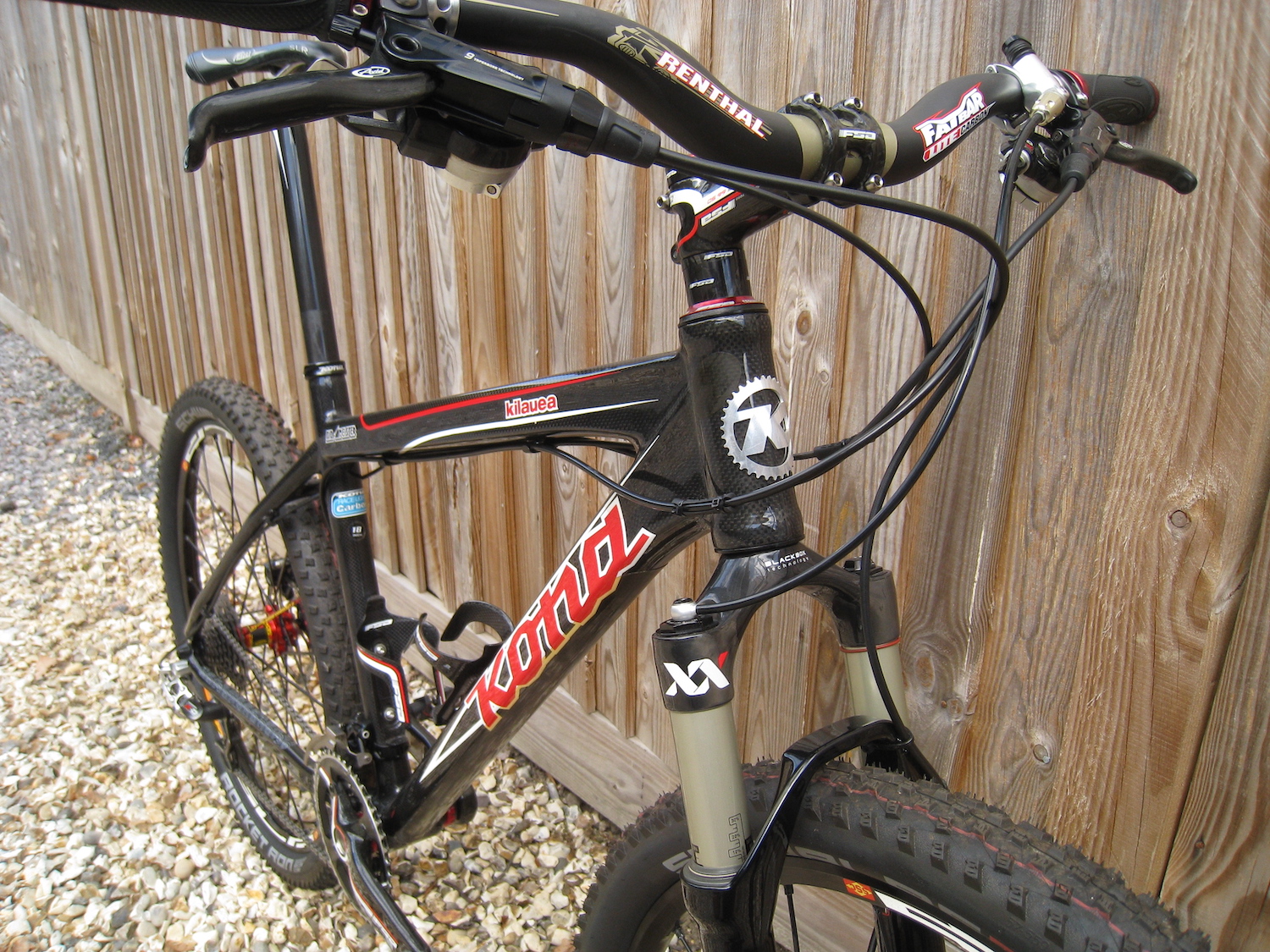
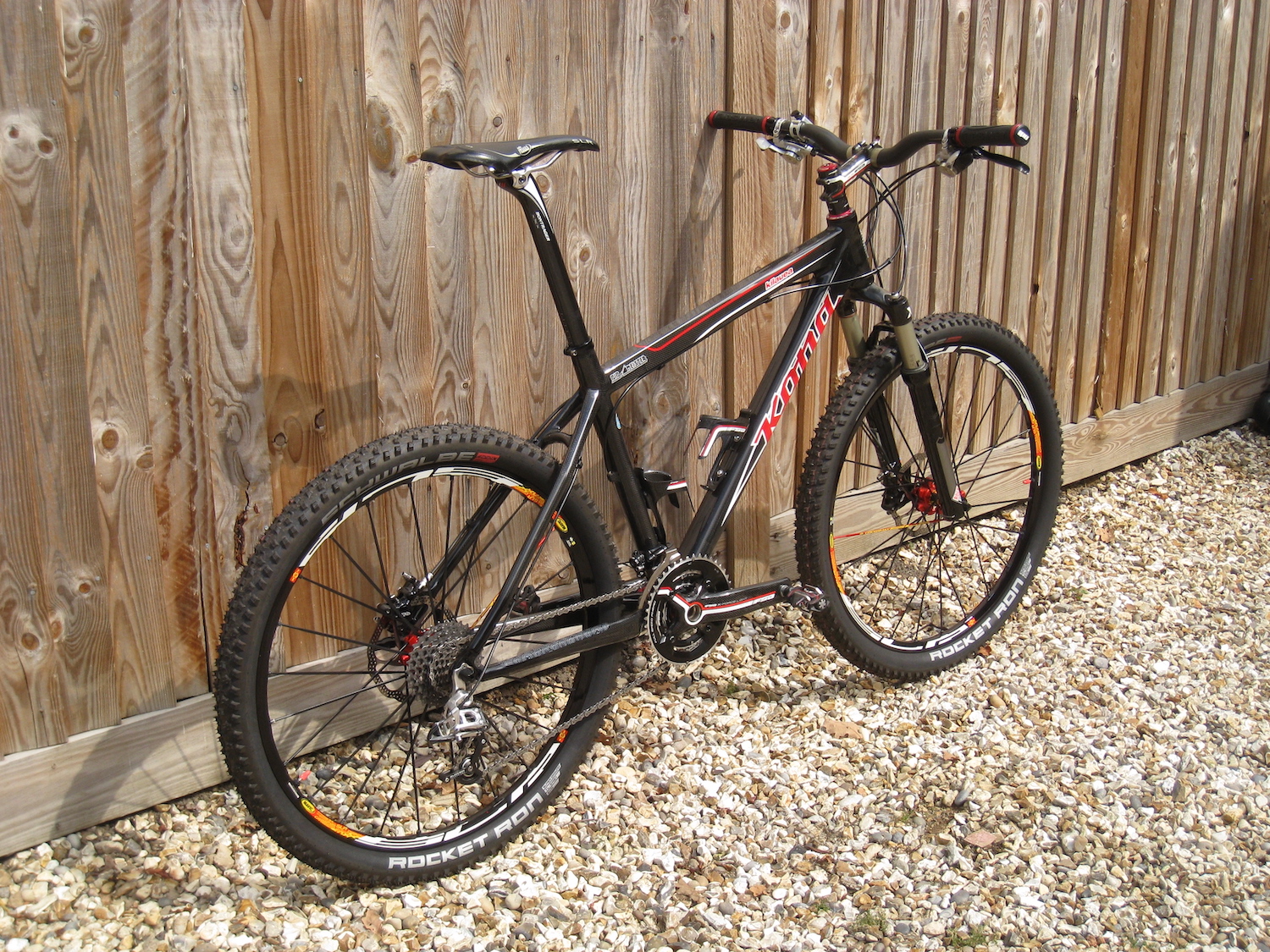
Stay tuned for the final installment!

